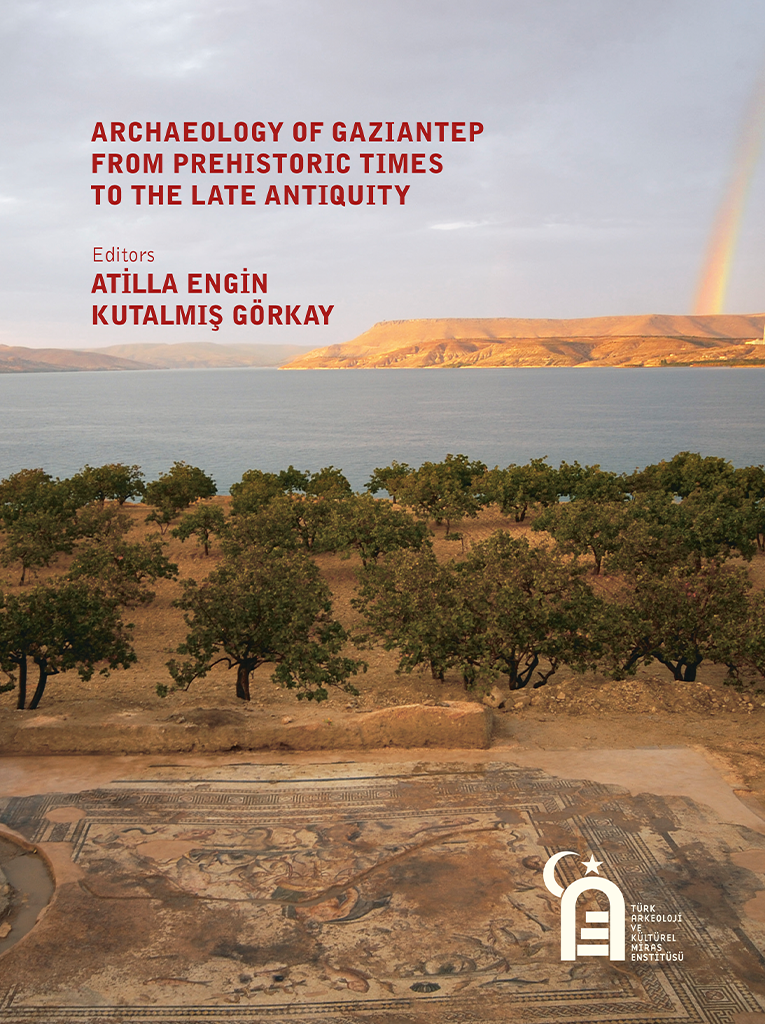
Gaziantep is a transitional region located between Mesopotamia, the Eastern Mediterranean, and Anatolia in the northwestern part of the Fertile Crescent extending towards the Syrian plains, south of the Southeastern Taurus Mountains bordering the Anatolian Peninsula. For this reason, Gaziantep has been an important living area and crossroads in human history since prehistoric times, with its fertile lands on which it is located and its transition position between the regions. Although centers such as Dülük, Sakçagözü, Tilmen Höyük, Zincirli Höyük, Karkemish, Til Bashar, Gaziantep Kale Höyüğü, Oylum Höyük, and Zeugma, which are located within and around the province of Gaziantep, have been excavated for many years and reveal important archaeological results, this region is not yet known enough. The continuation of archaeological research and excavations in Gaziantep and its surroundings is of great importance in this respect.
The vast fertile lands around the city of Gaziantep witnessed cultural, political, religious, and military interactions in antiquity. Situated on crossroads from the beginning of the Early Iron Age, the area was settled uninterruptedly by diverse ethnicities. This enabled the emergence of new cultural syntheses that comprised of Mesopotamian, Persian, Syrian, Greek, Macedonian and Latin elements. This book not only includes the results of recent archaeological investigations and research, but also provides the reader with a general overview of the region in antiquity.
Michael Blömer Makbule Ekici - Bulut Timur Demir Atilla Engin Elif Genç Kutalmış Görkay Virginia R. Herrmann Tuna Kalaycı Metin Kartal Gülriz Kozbe Fikri Kulakoğlu Nicolò Marchetti Kathryn R. Morgan David Schloen Kemal Sertok Harun Taşkıran Zahide Ayşen Tetik Abdurrahman Uzunaslan Engelbert Winter
AB-TR Anadolu Arkeoloji ve Kültürel Miras Enstitüsü Projesinin tüm bileşenleri tamamlanmış olup, Türk Arkeoloji ve Kültürel Miras Enstitüsü kuruluş çalışmaları, 7439 sayılı Türk Arkeoloji ve Kültürel Miras Vakfı Kanunu ile tamamlanmıştır.
Daha fazla bilgi için: takme.org
This will close in 0 seconds